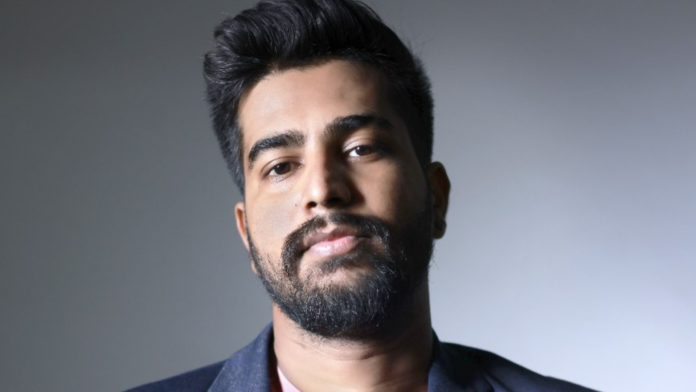By Shiva Bhavani, CEO of Wing Communications
Artificial intelligence (AI) is transforming the world in unprecedented ways. It is enabling new possibilities and opportunities for humans in various domains, such as health, education, business, entertainment, and more. According to a recent report by PwC, AI could contribute up to $15.7 trillion to the global economy by 2030, with $6.6 trillion coming from increased productivity and $9.1 trillion coming from increased consumption. But what does AI mean for human creativity? Can machines and AI be creative? And how can humans collaborate with AI to enhance their own creativity?
What is AI creativity?
AI creativity refers to the ability of AI systems to generate novel and valuable outputs, such as text, images, music, or code, that can be considered creative by human standards. AI creativity can be seen as a form of computational creativity, which is the study and modeling of human creativity using computers.
AI creativity can be classified into two types: imitative and generative.
- Imitative AI creativity is when AI systems learn from existing data and reproduce or modify it in some way. For example, AI can imitate human writing styles, artistic styles, or musical genres by analyzing large datasets of text, images, or audio.
- Generative AI creativity is when AI systems produce new and original outputs that are not based on existing data. For example, AI can generate realistic faces of people who do not exist, create new artworks that do not resemble any known style, or compose new melodies that are not influenced by any musical tradition.
Can machines and AI be creative?
The answer to whether machines and AI can be creative depends on how we define and measure creativity, which is a subjective and context-dependent concept. Some researchers have proposed criteria or tests for evaluating AI creativity, such as novelty, surprise, value, intentionality, or aesthetics. However, these criteria are not universally agreed upon or applicable to all domains and situations.
One way to approach the question is to compare AI creativity with human creativity. Humans are often considered the ultimate creative beings, capable of producing original and valuable ideas that can change the world. However, human creativity is not unlimited or flawless. It is influenced by cognitive biases, social norms, cultural backgrounds, personal preferences, and environmental factors. Humans also rely on existing knowledge, information, and inspiration to fuel their creative process.
Therefore, it may be more appropriate to say that machines and AI can exhibit some aspects of creativity rather than being fully creative. AI systems can perform certain creative tasks better than humans in some domains and situations, but not in others. AI systems can also complement human creativity by providing new tools, data sources, feedback mechanisms, or collaboration partners for humans.
How can humans collaborate with AI to enhance their own creativity?
The most promising scenario for AI creativity is not one where machines replace humans, but one where machines augment humans. Instead of thinking about AI as a competitor or a threat to human creativity, it is beneficial to examine ways that AI can be used as a tool to augment human creativity.
Here are some examples of how AI can boost the creativity of humans in various domains:
- In art, AI can help artists create new forms of expression, such as interactive installations, generative art, or robot art.
- In music, AI can help musicians compose new songs, generate lyrics, remix tracks, or improvise live performances.
- In writing, AI can help writers generate new stories, characters, dialogues, or headlines.
- In design, AI can help designers create new logos, icons, fonts, or layouts. AI can also help designers optimize their designs for different criteria.
- In education, AI can help learners develop their creativity skills by providing personalized feedback, adaptive challenges, or gamified environments.
The founder and CEO of Wing Communication, Mr. Shiva Bhavani, says, “AI isn’t a rival in the realm of digital advertising but an essential partner to human creativity. This collaboration transcends competition and blends human inventiveness with AI’s data-driven insights, creating advertising strategies that resonate deeply with audiences. Human creativity and AI together can shape a more effective, efficient, and considerate advertising landscape, pushing the boundaries of creativity and technology, enriching both the industry and society.”
Conclusion
AI is changing the landscape of creativity in the age of AI. AI systems can exhibit some aspects of creativity, such as novelty, surprise, or value, but they are not fully creative by human standards. AI systems can also augment human creativity by providing new tools, data sources, feedback mechanisms, or collaboration partners for humans. The future of creativity depends on how humans and AI can work together to co-create new and valuable outcomes that can benefit society.

